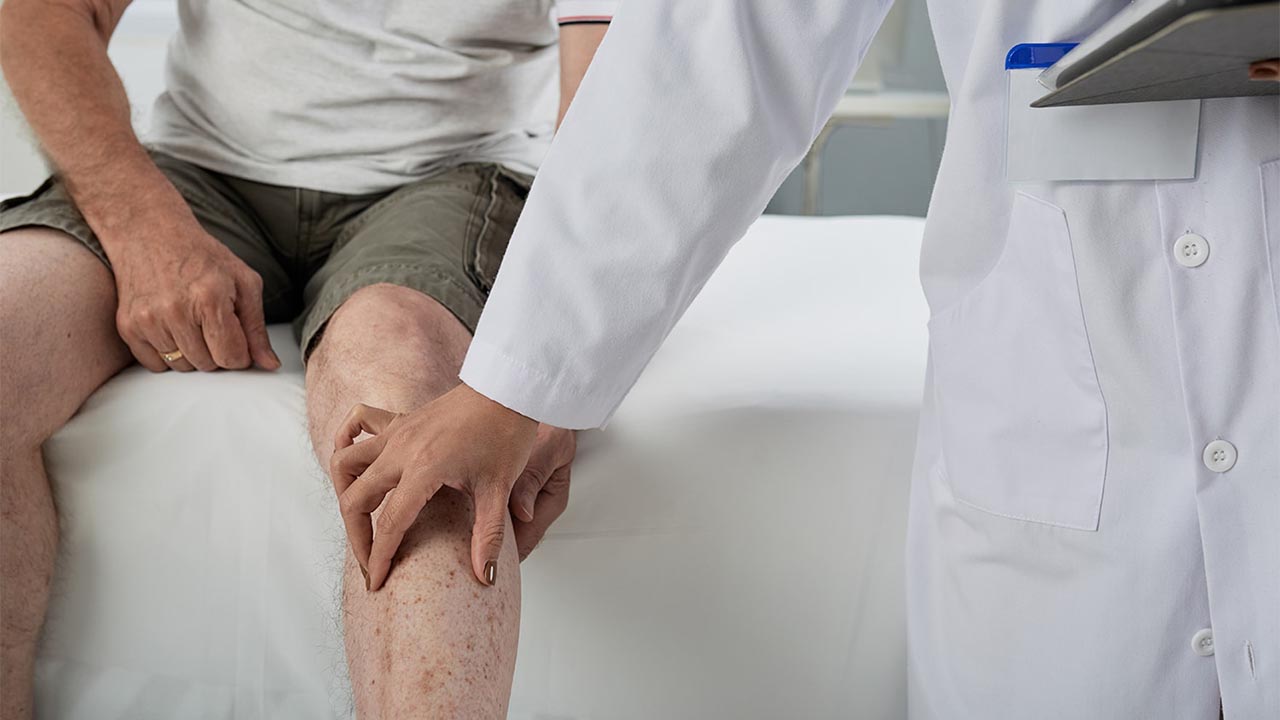When your arteries become narrower, they cause a condition, namely peripheral arterial disease. PAD may block blood flow through these arteries, decreasing the blood flow and damaging the nerves and other tissues. Atherosclerosis is when fatty material, i.e., plaque, gets built in the walls of your arteries, making them narrower. PAD also causes the arteries to be stiff, making it impossible for them to widen or dilate, restricting the blood flow even further. Consequently, the legs’ muscles do not get the blood they require. The blockage in your arteries can be severe for vascular disease.
Such a condition is very harmful to human health and so should be significantly emphasized. You should be able to identify if you have a leg block to start looking for its therapy.
Reasons for blockage:
The arterial blockages are very common among men over 50, but women can also have them. A greater risk arises if the lifestyle of an individual includes the following:
- Smoking habits
- Diabetes
- Cholesterol imbalance
- Hypertension
- Cerebrovascular disease
- Coronary artery disease
Symptoms
Blockages in the legs may lead to several symptoms that can help identify bottlenecks. These symptoms include the following and may be experienced while walking uphill, walking fast, or walking for more extended periods of times
- Achiness
- Fatigue
- Burning
- Discomfort
- Pain
- Cramps
- Tightness and numbness
- Sores
- Skin discoloration
Identification of blockage:
You can know if your leg has a blockage or not by several tests and exams. The health care providers may find whooshing sounds while holding the stethoscope over the blocked artery or notice decreased blood pressure or a weak pulse in the affected limb.
In a severe situation, the calf muscles can shrink, legs, feet, and toes may experience hair loss, sores that are non-bleeding and very slow in healing, toes, and feet may start to turn blue, and toenails may start thickening.
Other than these, blood tests may be conducted, and if the cholesterol levels are high or diabetes is found, there are chances of blockage. Leg blockages can be located by the following tests:
- Angiography
- ABI
- Doppler Ultrasound
- CT Angiography
- Resonance Angiography
Therapy / Treatment of Blockage in Leg:
You can treat such a condition by:
- As smoking narrows the arteries, avoiding smoking decreases the blood’s ability to carry oxygen, forming clots.
- Exercising. Exercising may help your circulatory system to improve as new.
- Taking care of the feet. Wearing shoes that fit correctly will help the ues heal properly, decreasing the chances of infections.
- Make sure you have well-controlled blood pressure.
- Reducing weight in case you are overweight.
- You have a low-cholesterol and low-fat diet in case of high cholesterol levels.
- You are monitoring your sugar levels in case of diabetes to keep it under control.




